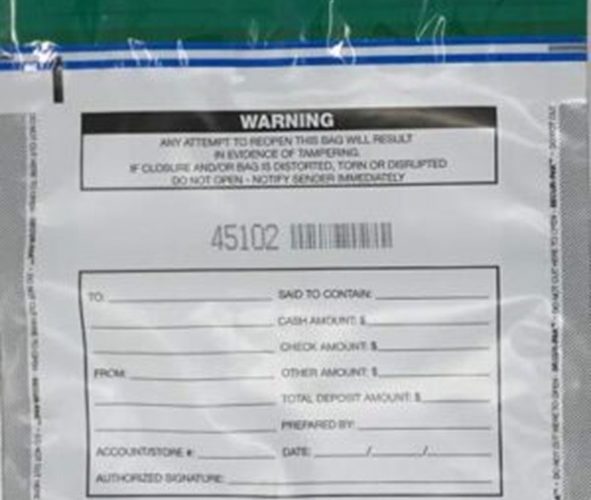When it comes to preserving and handling evidence in a legal or investigative context, selecting the right evidence bags is of utmost importance. Proper evidence packaging ensures the integrity and chain of custody of the evidence, preventing contamination, tampering, or deterioration that could compromise the validity of the evidence in court. Here are some crucial things to consider before selecting evidence bags:
- Material Composition: Evidence bags are typically made from a variety of materials, including paper, plastic, and fabric. The choice of material depends on the type of evidence and its specific preservation requirements. For example, paper bags are often used for items that need to breathe, like clothing or organic materials, while plastic bags are preferred for items that require a higher level of protection from moisture, chemicals, or biological contaminants.
- Tamper-Evident Features: Tampering with evidence can severely undermine its credibility in court. Look for evidence bags with tamper-evident features, such as adhesive seals, tamper-proof labels, or unique closure mechanisms that make it apparent if the bag has been opened or tampered with.
- Transparency: Clear evidence bags allow for visual inspection of the contents without opening the bag, reducing the risk of contamination and ensuring the proper documentation of the evidence’s condition at the time of collection.
- Size and Capacity: Select evidence bags that are appropriately sized to accommodate the evidence without causing folds, bends, or compression that might damage delicate items. Overcrowded bags can also increase the risk of cross-contamination.
- Chain of Custody Documentation: Many evidence bags come with areas for documenting the chain of custody, including information about who collected the evidence, where and when it was collected, and the names of individuals who handled it afterward. Properly documenting the chain of custody is crucial for maintaining the integrity of the evidence.
- Compatibility with Lab Analysis: If the evidence is likely to undergo laboratory analysis, consider whether the chosen bags are compatible with the necessary procedures. Some types of evidence, such as biological samples, might require specialized bags that maintain the integrity of the evidence and allow for accurate analysis.
- Anti-Static Properties: For electronic devices or items sensitive to static electricity, consider evidence bags with anti-static properties to prevent damage during handling and transportation.
- UV Protection: Exposure to sunlight and UV radiation can degrade certain types of evidence over time. If the evidence is light-sensitive, opt for evidence bags that offer UV protection.
- Proper Labeling and Documentation: Evidence bags should provide ample space for labeling and documenting essential information such as case numbers, item descriptions, collection dates, and the names of individuals involved in the collection process.
- Compliance with Legal Standards: Different jurisdictions might have specific regulations or guidelines for evidence packaging. Ensure that the selected evidence bags comply with these standards to avoid potential legal challenges.
- Environmental Considerations: Given the growing emphasis on sustainability, you might want to consider evidence bags that are eco-friendly and made from recyclable or biodegradable materials.
- Training and Protocols: No matter how advanced your evidence bags are, proper training and adherence to established protocols among those collecting, handling, and storing evidence are essential to maintaining its integrity.
Selecting the right evidence bags is a critical step in ensuring that evidence remains uncompromised and retains its legal weight throughout the judicial process. Taking these factors into account will contribute to a strong chain of custody and bolster the credibility of the evidence presented in court.

